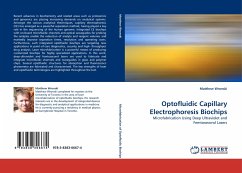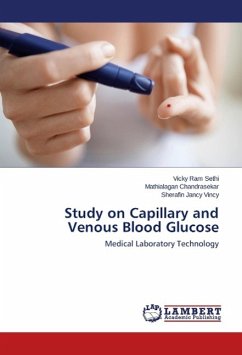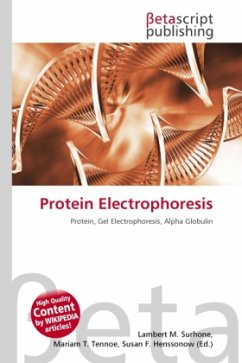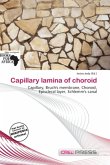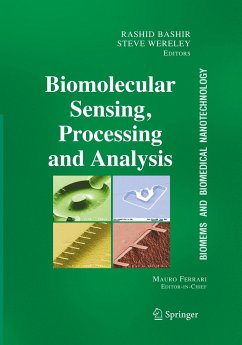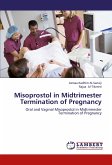Recent advances in biochemistry and related areas such as proteomics and genomics are placing increasing demands on analytical systems. Amongst the various analytical thechniques, capillary electrophoresis (CE) has emerged as a powerful separation method, having played a key role in the sequencing of the human genome. Integrated CE biochips with on-board microfluidic channels and optical waveguides for probing the analytes enable the reduction of analyte and reagent volumes and markedly improve separation times, resolution and operating costs. Furthermore, such integrated optofluidic biochips are targeting new applications in point-of-care diagnostics, security and high- throughput drug analysis. Laser microfabrication is a powerful means of producing customized biochips for highly specialized applications. In this work, deep-ultraviolet and femtosecond lasers are used to fabricate and integrate microfluidic channels and waveguides in glass and polymer chips. Several optofluidic structures for absorption and fluorescence photometry are fabricated and characterized. The key strengths of laser and optofluidic technologies are highlighted throughout the text.

